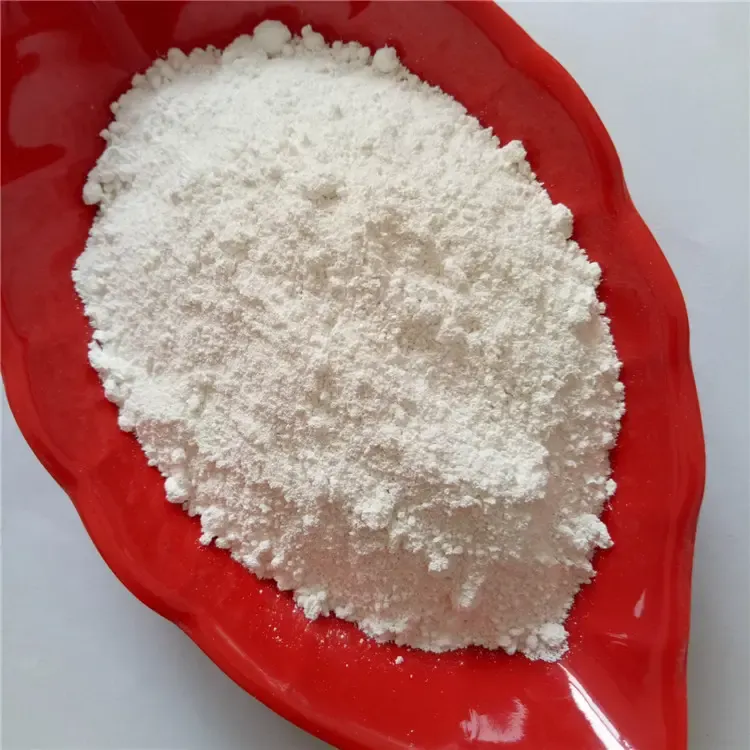
Dec . 03, 2024 17:08 Back to list
Wholesale Titanium Dioxide Solutions for Various Industrial Applications and High-Quality Standards
The Expanding Market for Wholesale Titanium Dioxide Solutions
Titanium dioxide (TiO2) has become a critical component in various industries, serving as a white pigment, a UV filter, and a crucial ingredient in the manufacturing of plastics, paints, and coatings. As demand for high-quality titanium dioxide continues to escalate, the wholesale market for titanium dioxide solutions is witnessing significant growth. In this article, we will explore the factors driving this market, emerging trends, and considerations for businesses looking to source titanium dioxide in bulk.
Understanding Titanium Dioxide
Titanium dioxide is a naturally occurring mineral that is highly valued for its brightness, high refractive index, and strong resistance to degradation. Its primary applications are in the production of paints, coatings, and plastics, where it provides opacity, brightness, and UV protection. Beyond these applications, titanium dioxide is also used in food products, cosmetics, and pharmaceuticals, highlighting its versatility.
Market Demand Drivers
1. Increasing Construction Activities The booming construction sector globally is a significant driver for the titanium dioxide market. The demand for high-quality paints and coatings has surged as construction projects become more ambitious. Builders and contractors are increasingly turning to titanium dioxide for its superior coverage and durability properties.
2. Growing Awareness of the Benefits of Eco-Friendly Products With a growing emphasis on sustainability, many manufacturers are opting for titanium dioxide solutions that align with environmental standards. TiO2 is non-toxic and environmentally friendly, making it an attractive choice for businesses committed to reducing their ecological footprint.
3. Expansion of the Automotive Industry The automotive sector is another major consumer of titanium dioxide, which is used in paints and coatings to enhance aesthetic appeal and protect against environmental damage. As the automotive industry evolves with an emphasis on electric vehicles, innovations in coatings and finishes also drive the need for high-quality TiO2.
4. Surge in Consumer Goods Production From household products to personal care items, the consumer goods sector increasingly relies on titanium dioxide for its pigmentation properties. Its ability to provide a bright, white finish is invaluable in creating appealing products that catch consumers' eyes.
Emerging Trends
wholesale titanium dioxide solution

1. Technological Advancements Research and development are ongoing to improve the efficiency of titanium dioxide production and to create advanced formulations. Innovations like nano-titanium dioxide are gaining traction, leveraged for their superior performance in specific applications, including sunscreens and coatings.
2. Shift Towards Synthetic Production Although titanium dioxide is naturally occurring, there is a marked shift toward synthetic production methods to meet the specific requirements of different industries. Synthetic titanium dioxide often exhibits enhanced properties such as better dispersion, making it more appealing for manufacturers.
3. Growing E-commerce Platforms The wholesale market for titanium dioxide is becoming more accessible through digital platforms. Suppliers are leveraging e-commerce to reach a broader audience, enabling manufacturers to source materials with greater ease and often at lower prices.
4. Regulatory Influence Stringent regulations regarding product safety and environmental impact are prompting manufacturers to seek high-quality TiO2 solutions that meet compliance standards. Companies are therefore prioritizing suppliers who can guarantee the quality and sustainability of their products.
Sourcing Wholesale Titanium Dioxide
When sourcing titanium dioxide in bulk, businesses need to consider several factors to ensure they make the right choice. Quality should be at the forefront, as the efficacy of the end products will largely depend on the TiO2 used. It’s also essential to assess the supplier’s reputation and track record in the industry, along with their ability to meet regulatory standards.
Additionally, pricing and logistical considerations are key. With the global supply chain increasingly challenged, companies must plan for fluctuating prices, delivery times, and potential disruptions. Building a strong relationship with suppliers can facilitate better terms and more reliable deliveries.
Conclusion
The wholesale titanium dioxide market is poised for significant growth as industries continue to recognize its value. With increasing demand driven by construction, automotive, and consumer goods sectors, sourcing high-quality titanium dioxide will undoubtedly remain a critical focus for businesses. By staying informed on market trends and maintaining a strategic approach to sourcing, companies can successfully navigate the evolving landscape of titanium dioxide solutions.
-
Premium 6618 Titanium Dioxide for GPT-4 Turbo Applications
NewsJul.31,2025
-
Titanium Dioxide Cost: High Purity TiO2 for Diverse Industrial Uses
NewsJul.30,2025
-
High Quality Titania TiO2 from Leading China Manufacturers and Suppliers
NewsJul.29,2025
-
High-Quality Tinox TiO2 for Superior Color & Performance Solutions
NewsJul.29,2025
-
High Quality Titania TiO2 from Leading China Supplier & Manufacturer
NewsJul.29,2025
-
High-Performance r6618 TiO2 for Superior Whitening and Versatility
NewsJul.28,2025
